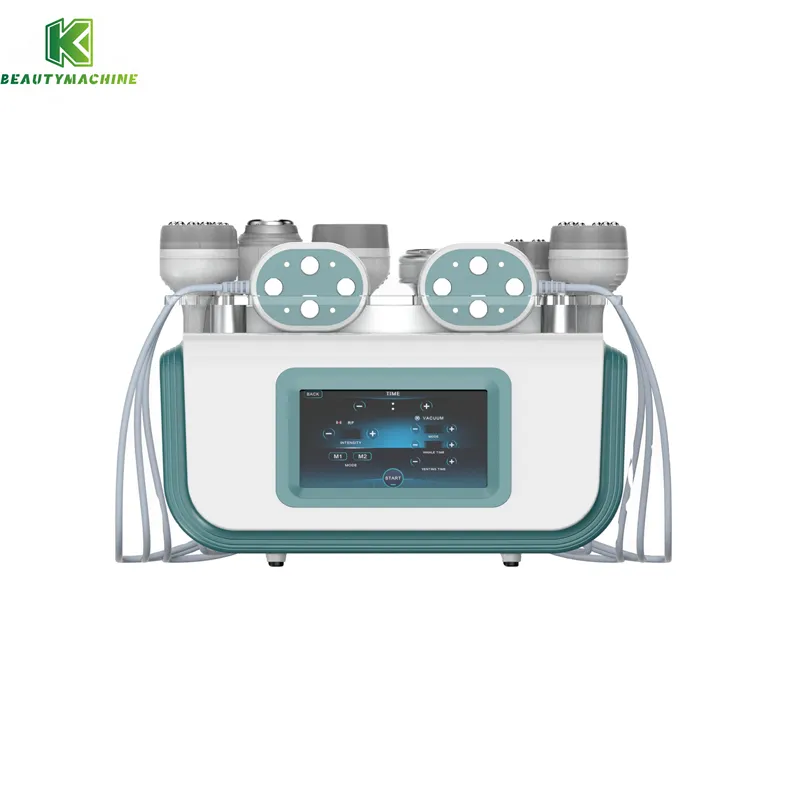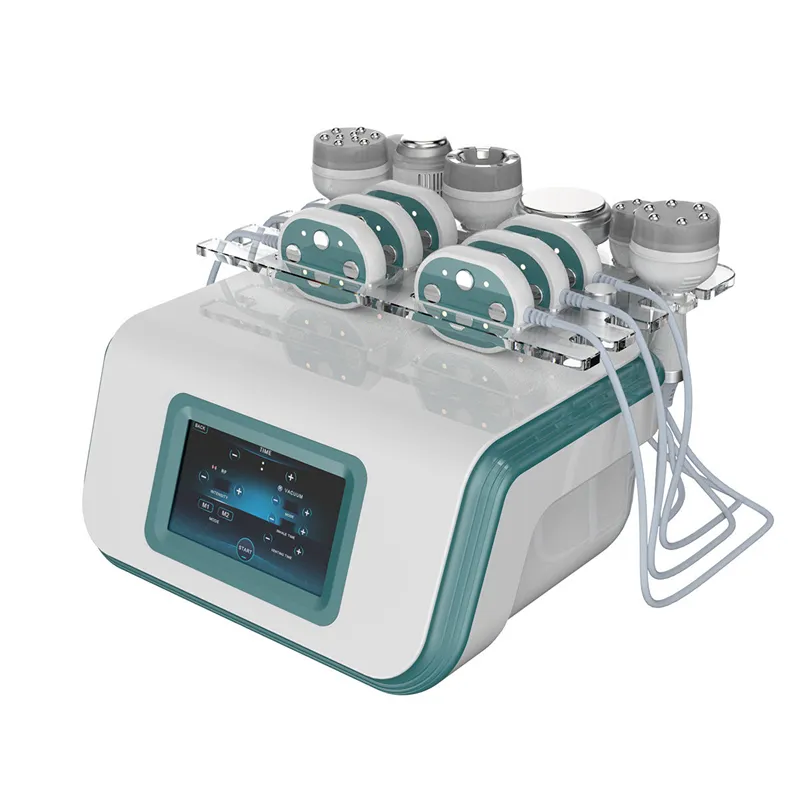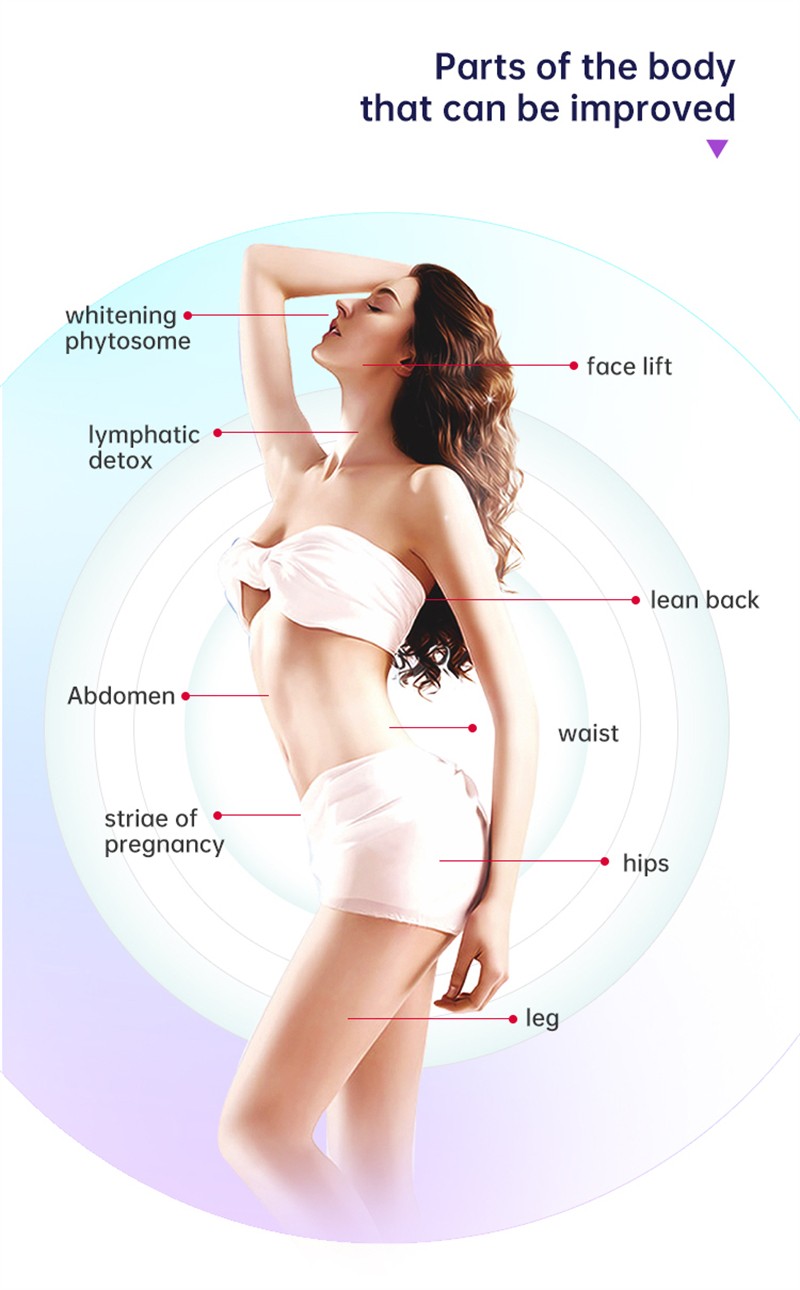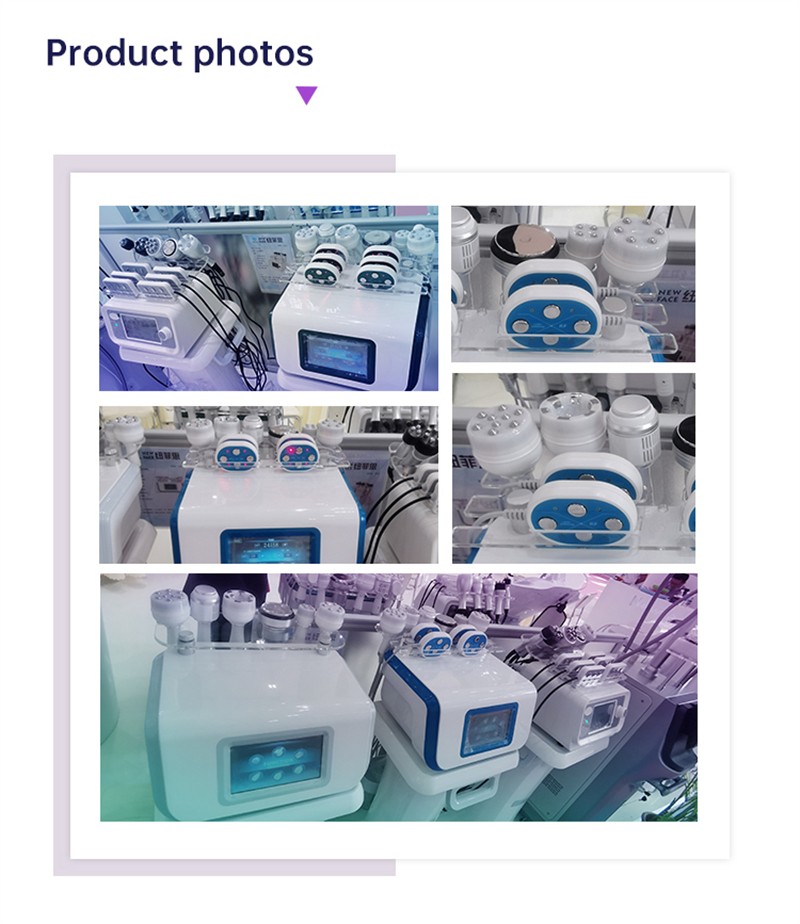
Ultrasonic fat cavitation machine: What frequency is best?
2025-09-16 15:30
The ultrasonic fat cavitation machine, a widely used cosmetic device for non-surgical fat reduction and body sculpting, has become a favorite among weight loss and body sculpting enthusiasts. This technology uses high-frequency sound waves to effectively break down fat cells and promote fat metabolism, thereby helping people reduce fat and improve their figure.
When using an ultrasonic fat cavitation machine, choosing the right frequency is crucial. Frequency directly impacts the effectiveness of fat cavitation, treatment safety, and comfort. So, what frequency is best for an ultrasonic fat cavitation machine? This article will delve into the working principles of ultrasonic fat cavitation machines, the effects of different frequencies, and how to choose the right frequency.

What is an ultrasonic fat cavitation machine?
An ultrasonic fat cavitation machine uses high-frequency ultrasound waves to cause fat cells to undergo a transient compression and expansion within a very short period of time. This vibration causes bubbles to form and rupture within the fat cells, thereby breaking down fat. This process breaks down fat cells and ultimately excretes them from the body through the lymphatic system, achieving the goals of fat reduction and body sculpting.
How does an ultrasonic fat cavitation machine work?
The core of an ultrasonic fat cavitation machine lies in the ultrasound waves it emits. Ultrasound waves transmit energy through a vibrating medium, and their frequencies are typically above the audible range of the human ear (above 20kHz). During fat reduction treatment, the high-frequency vibrations of ultrasound waves create a severe physical impact on fat cells, causing them to rupture and form bubbles. These bubbles release a large amount of energy upon rupturing, breaking down fat and promoting localized fat metabolism.

What frequency is most suitable for cavitation?
The frequency of an ultrasonic fat cavitation machine is a key factor influencing treatment effectiveness. Generally speaking, higher ultrasound frequencies penetrate shallower depths, while lower frequencies penetrate deeper. Choosing the right frequency not only ensures treatment effectiveness but also improves safety and comfort. Next, we will explore the effects of different frequencies on fat cavitation effectiveness.
1. High-Frequency (40kHz - 1MHz) Ultrasonic Fat Cavitation Machine
High-frequency ultrasonic fat cavitation machines typically operate between 40kHz and 1MHz, making them suitable for treating superficial fat. High-frequency ultrasound waves can effectively break down subcutaneous fat in a short period of time and are suitable for localized fat reduction in areas such as the abdomen, waist, and buttocks. Because high-frequency ultrasound waves have a shallower penetration depth, they are more likely to target subcutaneous fat tissue without significantly affecting deeper tissue.
Advantages of High Frequency:
• Suitable for superficial fat: Ultrasound waves of this frequency effectively target subcutaneous fat, reducing localized fat accumulation in areas such as the abdomen and legs.
• Shorter treatment time: Because high-frequency ultrasound waves quickly rupture fat cells, treatment times are typically shorter, improving treatment efficiency.
Disadvantages of High Frequency:
• Limited penetration depth: High-frequency ultrasound waves have a shallower penetration depth and may not be as effective as lower-frequency devices for reducing deep-seated fat.
2. Medium-frequency (1MHz - 3MHz) ultrasonic fat cavitation machine
Ultrasonic fat cavitation machines with a medium frequency of 1MHz to 3MHz can target deeper layers of fat and are suitable for some medium-depth fat reduction procedures. Ultrasound waves of this frequency penetrate the skin and reach deep fat tissue, breaking down the structure of fat cells and promoting fat dissolution. Medium-frequency ultrasound waves not only enhance fat reduction effectiveness but also reduce skin irritation and increase treatment comfort.
Advantages of Medium Frequency:
• Suitable for Deeper Fat: For areas with deeper subcutaneous fat, such as the thigh groin and flanks, medium-frequency ultrasound waves can better achieve fat destruction.
• Balanced Effect and Comfort: Compared to high and low frequencies, medium frequencies provide a more balanced effect without causing excessive damage or discomfort to the skin.
Disadvantages of Medium Frequency:
• Relatively Longer Treatment Times: Because deep fat takes longer to break down, medium-frequency treatments can take longer, requiring patients to be patient and wait for results.
3. Low-Frequency (<40kHz) Ultrasonic Fat Cavitation Machine
Low-frequency ultrasonic fat cavitation machines typically operate below 40kHz and are suitable for treating deep fat. Low-frequency ultrasound waves penetrate deeper, thus reaching deeper layers of fat tissue, such as those in the abdomen or buttocks. This frequency is suitable for areas with stubborn fat accumulation that is difficult to reduce with conventional methods.
Advantages of Low Frequency:
• Deep Fat Reduction: Low-frequency ultrasound waves penetrate deeply into the skin, directly affecting deep fat tissue, for a more thorough fat reduction effect.
• Stronger Fat Destruction: Low-frequency ultrasound waves have a greater vibration amplitude, which is more destructive to fat cells. Therefore, they are more effective for stubborn fat.
Disadvantages of Low Frequency:
• Potential Discomfort: Because deep fat requires longer treatment time and the vibration amplitude of low-frequency ultrasound waves is higher, some people may experience discomfort.
• Potential Skin Irritation: Lower frequencies may cause some skin irritation or discomfort, especially for those with thinner skin.

Ultrasonic Fat Cavitation Machine: How to Choose the Right Frequency?
Choosing the right frequency for an ultrasonic fat cavitation machine is crucial based on your needs and treatment area. Here are some tips for choosing the appropriate frequency:
1. Treatment Area: If you are treating shallow fat areas, such as the face, arms, or calves, a high-frequency ultrasonic fat cavitation machine is recommended. For deeper fat areas, such as the abdomen, thighs, and buttocks, a medium- or low-frequency ultrasonic fat cavitation machine is more suitable.
2. Fat Thickness: If the fat in the treatment area is thin, high-frequency ultrasound is sufficient. If the fat is thick, especially deep-lying fat, low- or medium-frequency ultrasound is more effective.
3. Comfort Requirement: For patients who prioritize treatment comfort, a higher-frequency ultrasound machine is recommended to reduce discomfort and enhance the treatment experience.

What warranty period does KuoHai offer?
KuoHai provides comprehensive warranty coverage for all beauty devices and home appliances purchased from our factory. We ensure buyers receive reliable after-sales support, spare parts supply, and technical assistance. Wholesale customers benefit from bulk order discounts, cheap pricing, and guaranteed product performance. Our mission is to supply high-quality equipment at low cost while offering long-term service for global partners.
Get the latest price? We'll respond as soon as possible(within 12 hours)







